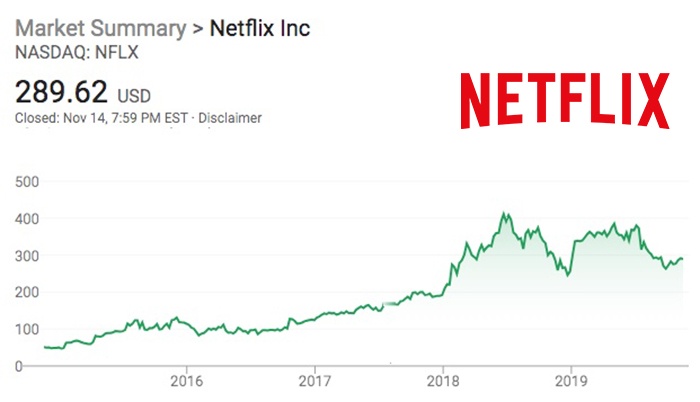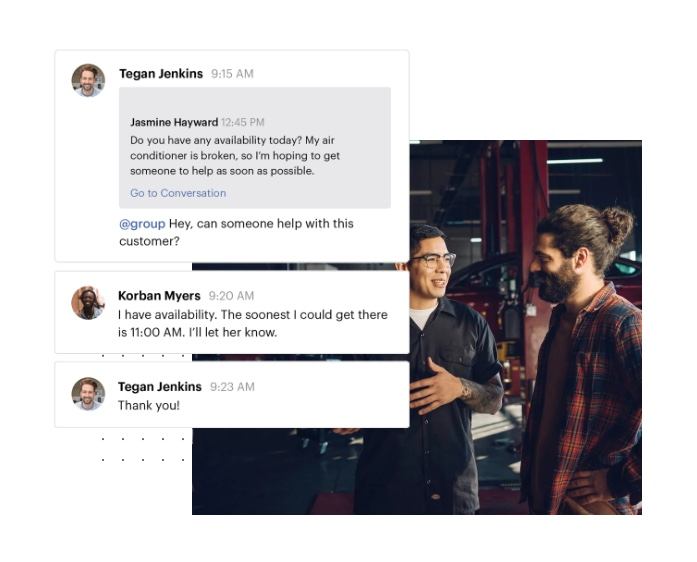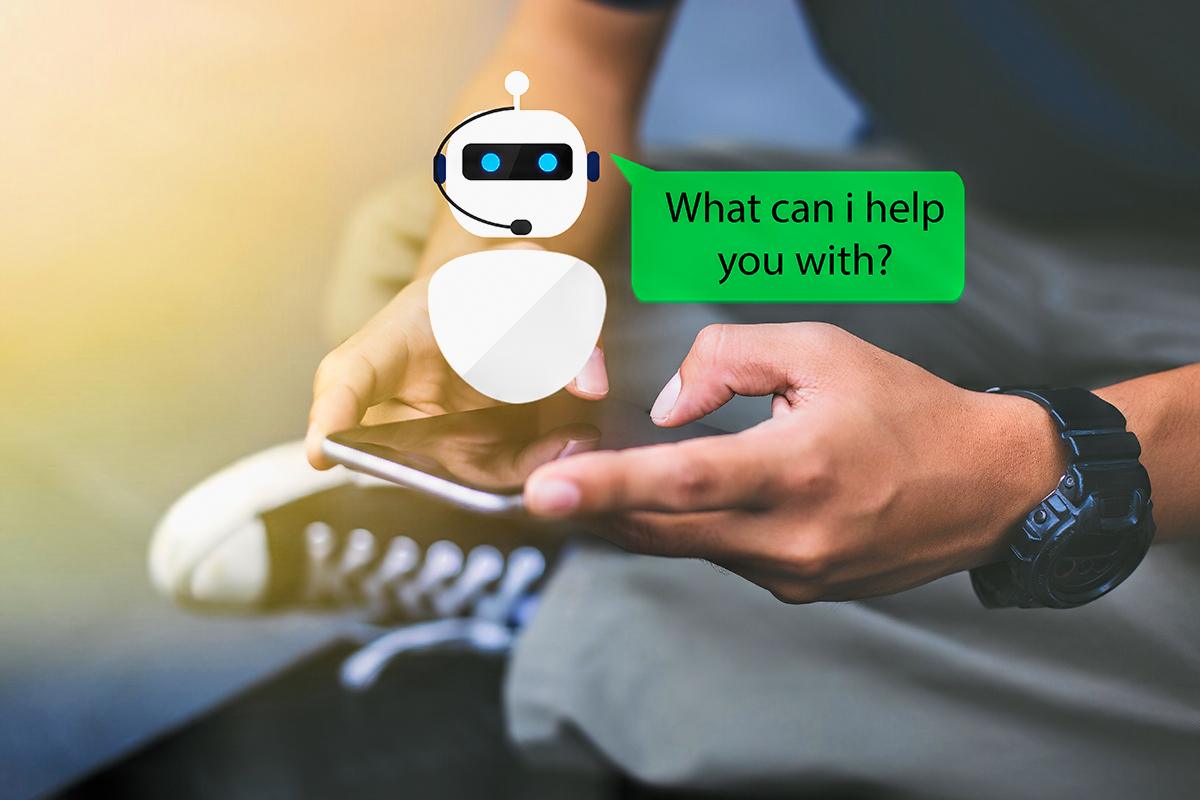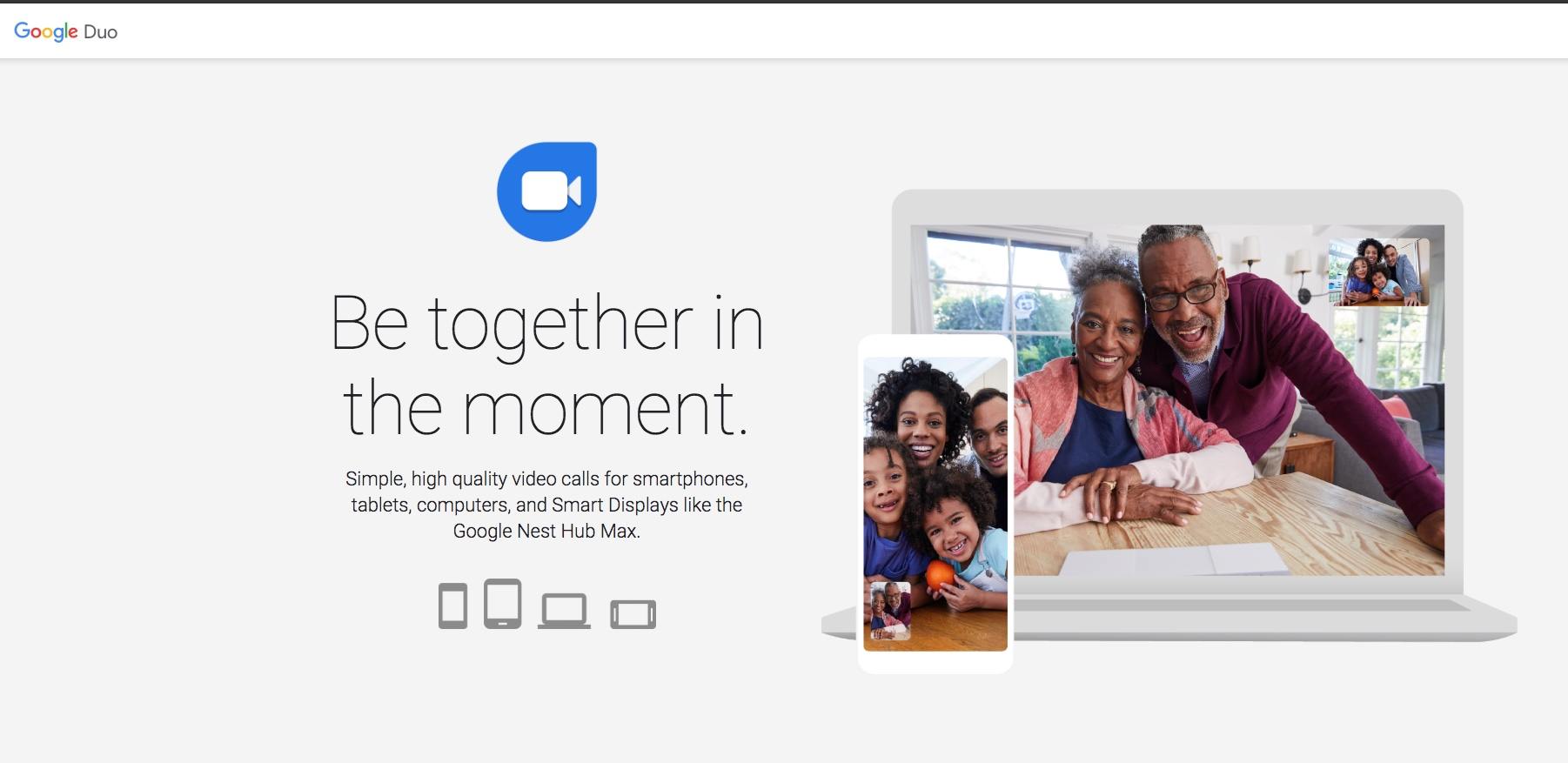Technology Is Driving Customer Service Trends
Businesses that refuse or are too slow to adapt to changing business conditions, unpredictable operating realities and innovative new technologies won’t survive for long.
Especially when it comes to technology.
The rapid pace of technological change in the last 10 years, is disruptive to many if not most businesses. No one, not even billion-dollar corporations are immune to shifting technological threats and new opportunities.
GameStop Corp. (GME) is a good example. Once a stock market sweetheart, a leader in video gaming, today the company is in dire straights as consumers have switched to digital distribution channels.
Where GameStop built its business model on game consoles and physical disc sales. Today’s new technology makes gaming streaming in real-time cloud-computing.

GameStop couldn’t be more of a cautionary tale about failing to adapt your business services and practices to the reality of the shifting technologies.
On the flip side, Netflix (NFLX) decided to dump snail-mail physical rentals, which was hailed at the time as a disastrous and dangerous gambit. Not so, Netflix is in 56 percent of households today!
To survive in the new digital era, businesses need IT know-how and expertise. They also need to be agile and ready to adapt to change quickly.

To survive in the new digital era, businesses need IT know-how and expertise. They also need to be agile and ready to adapt to change quickly.
7 Customer Service Trends
Impacting Business in 2020
1. Customers expect companies to offer support via social media

Social media is totally reimagined.
Social media might seem like old news; after all, Facebook was started back in 2004. But the depth, reach, and sheer variety of social media platforms today is what has changed. It’s not just Facebook, Youtube, and Twitter anymore. Platforms such as Instagram, Snapchat, TikTok, Slack, WeChat, WhatsApp, Twitch, and a million other social media applications connect people to businesses like never before.
In the recent past, during the time of the “Internet 1.0,” businesses could survive without an online presence. The founding of Facebook marked the beginning of the “Internet 2.0” and serves as the watershed moment marking the beginning of web-driven, social media-influenced commerce.
Today we live in the so-called “Internet 3.0” — an era filled with a variety of niche social media platforms. And unlike the old iterations of the internet, the new social media economy will be won by the companies that leverage their online digital presence across social media platforms.
“63 percent of customers expect companies to offer support via social media, and 35% of customers prefer it to other channels.”
ValueWalk
63 percent of consumers expect companies to offer customer support through social media channels.
Over a third of all people preferred social media-based support and communications over other communication channels.
Facebook ads and Twitter blasts are a thing of the past.
Real engagement happens within the niche communities just waiting to be discovered on platforms such as Instagram and Twitch.
Companies that succeed in 2020 and beyond will figure out a way to bring their customer service and engagement directly to these digital niches and communities. It’s no longer enough to throw up a website to provide essential information. Having a Facebook page or Twitter account is not enough.
Real customer service isn’t happening in the usual channels anymore. Instead, they’re happening deep within the various social media platforms themselves in the comment threads, forums, and chat rooms. That’s where the customers are. That’s where companies need to take their customer service and engagement next.
2. Mobile is the digital hub

The neck bone’s connected to the head bone…
You get the idea.
So how’s it all connected?
In this growing age of the Internet of Things, when literally billions of devices are connecting to the Internet, digital hubs become the foundation, the ecosystem if you will.
Thomas Husson, Vice-President, and Principal Analyst at Forrester Research says, “Mobile is becoming not only the new digital hub, but also the bridge to the physical world. That’s why mobile will affect more than just your digital operations — it will transform your entire business.
Need proof?
Here you go.
- Mobile Traffic“In the second quarter of 2019, mobile devices (excluding tablets) generated 48.91 percent of global website traffic.”
- Customer Reach“If you’re not able to reach your audience through mobile search or display, or you’re not providing a satisfactory mobile experience you will miss out compared to competitors who are.”
- Page Views“As of February 2019, mobile devices accounted for 48 percent of web page views worldwide.”
- Traffic Sources52.2% of all website traffic worldwide was generated through mobile phones.”The data continues to show that for most sites, the majority of their traffic comes from mobile devices.”
3. Customer service will be done from anywhere

The neck bone’s connected to the head bone…
You get the idea.
So how’s it all connected?
In this growing age of the Internet of Things, when literally billions of devices are connecting to the Internet, digital hubs become the foundation, the ecosystem if you will.
Thomas Husson, Vice-President, and Principal Analyst at Forrester Research says, “Mobile is becoming not only the new digital hub, but also the bridge to the physical world. That’s why mobile will affect more than just your digital operations — it will transform your entire business.
Need proof?
Here you go.
- Mobile Traffic“In the second quarter of 2019, mobile devices (excluding tablets) generated 48.91 percent of global website traffic.”
- Customer Reach“If you’re not able to reach your audience through mobile search or display, or you’re not providing a satisfactory mobile experience you will miss out compared to competitors who are.”
- Page Views“As of February 2019, mobile devices accounted for 48 percent of web page views worldwide.”
- Traffic Sources52.2% of all website traffic worldwide was generated through mobile phones.”The data continues to show that for most sites, the majority of their traffic comes from mobile devices.”
Customer Engagement Strategy Ideas
- Call Tracking MetricsThe only all-in-one call tracking and contact center solution. A system complete with conversion tracking, keyword attribution, and a cloud-based solution for managing chats and calls.
- IntercomA complete customer engagement and customer support portal which provides personalized help at scale with a collaborative inbox, automation, and self-service support. Intercom is the leader in tools for managing online customer support.
- PodiumRun customer service from one platform. Whether it is Google, Facebook, Instagram, or Chat, your team can interact and manage conversations through one dashboard. Very easy to use and most teams adopt this platform rather quickly.
- CallJoyCallJoy is Google’s virtual phone agent for small to medium size businesses. Six months ago, Google’s Area 120 Group launched CallJoy, a “virtual phone agent” for small businesses (SMBs) built on similar technology behind Duplex and the Google Assistant. Now they have decided to compete with as a SaaS. The goal to help make SMBs more productive. CallJoy can “book appointments, get quotes, make table reservations, and more.” The idea is that business owners can 1) avoid distracting calls and 2) ensure their customers get the information they are searching for and get their questions answered. All calls are recorded and transcribed all in a smart dashboard for further dialog with customer.
4. Machine Learning is changing how you interact

Machine learning will transform customer service in 2020 from a reactive exercise into a proactive experience.
For example, the company care/of provides an interactive experience when purchasing vitamins. They start with a fun quiz to learn about your health and needs and then give you recommendations for the best vitamins, protein, and more for your unique diet and lifestyle.
Creating these types of experiences will be important for businesses as the Internet of Things (IoT) matures. As the number of personal connected devices increases and the depth and speed of data collection continues to accelerate, seamless real-time customer service will become the norm.
Instead of waiting for a customer to interact, fill out a survey, or ask to see a manager, machine learning in a mature IoT environment will give companies the opportunity to preempt customers’ intentions. Systems that can remember a customer’s every preference, drive personalization, and streamline old customer service processes will be the norm.
In many places and spaces machine learning-driven customer service experiences are already the norm.
Disney World, for example, employs MagicBand wristbands embedded with a smart chip. This connected wristband acts as a customer’s tickets, room keys, and digital wallet. While rudimentary, the information it collects, such as a guest’s location, allows it to make recommendations to the wearer such as locations of nearby restrooms and restaurants.
Machine learning is already commonplace in everything from your smartphone to your car. Many smartphones employ some form of machine learning so that your device will memorize your preferred settings for everything from brightness settings to which apps you like to use. The more you use your device, the smoother it operates according to your own use case and user preferences. Likewise, many luxury vehicles also do the same thing. Ai-assisted cars, for example, can self-adjust the cabin experience for an individual driver profile.
5. Ai Customer Service Bots

Machine learning has also given rise to the potential for rudimentary artificial intelligence to take on basic customer service interactions such as internet chat engagements.
These surprisingly effective chatbots can now replace human beings allowing businesses to engage customers without deploying a dedicated customer service representative.
In some cases, chatbots have even completely taken the place of human service reps. At I/O 2018 Google showed off it’s Google Duplex AI that can make complex phone calls on a person’s behalf. The AI software was able to call a restaurant and make a reservation without tipping off the person on the other end that they were talking to a piece of software, not a real person. In essence, Google’s Duplex passed the Turing Test.
6. 24/7 Real-time Customer Service

Customer service no longer occurs during regular business hours or in any one specified location such as the customer service desk. Instead, customer service is now happening everywhere online and at all hours of the day. That is the reality of how our ultra-connected world works today.
Real-time support answers customer’s questions on the spot, boosting engagement and increasing a customer’s satisfaction. Of course, 24/7 real-time service can be quite demanding. Thankfully, with the rise of the internet, machine learning, IoT, and other crucial pieces of technological innovation, 24/7 real-time service is something that is tantalizingly within reach.
Modern-day services, such as Podium and Intercom aggregate consumer feedback from multiple channels, such as websites, email, and social media, into a single consolidated dashboard, making it easier for customer representatives to solve customer issues and address customer complaints. Meanwhile, machine learning and chatbots have made customer service and engagement something that can happen all the time.
7. Live Video Customer Service

For decades, customer service teams have relied exclusively on telephone calls to engage customers and address complaints. While effective, an audio-only customer experience is far from ideal. A significant component of human communication is conveyed visually through facial expressions and gestures. That’s where real-time live video communications will change the customer service experience completely.
Seeing is believing, and customers cannot help but be more engaged on every level when communicating through a live video feed with another person. While in the past, video has been nearly impossible due to technological and infrastructure restraints, today, people communicate through video all the time.
FaceTime, Duo, and other video chatting software abound. Many younger generations prefer video chat rather than make a phone call. And while that might seem strangely intimate for some, the fact is that audio-only telephone calls were always a poor simulacrum for actual face-to-face interaction.
Just as someone born a decade ago might find it strange that people once communicated with each other with morse code, someone born today will find it odd that people just a decade ago only talked to each other through a telephone. Video is the future and brings us one step closer to a fully-simulated face-to-face customer service interaction that can occur anywhere.
Customer Service Trends
Interactivity and real-time connectivity will be the defining feature for customer service in 2020 and beyond. Is your customer service strategy and team ready for the future?

